Last Updated on 5 months by admin
You might not plan your trip around it. You might not even know it’s happening—until you’re suddenly in the middle of it. Children running wild through parks with balloons tied to their wrists. Grandparents wiping away quiet tears as carnations are placed gently in their hands. And that’s when you suddenly realize that right now, you’re at the center of something incredibly special. That’s right. Every year in early May, South Korea turns ordinary moments into a national love letter between generations through Children’s and Parents’ Day.
And if you’re here to witness it, believe us, you won’t forget how it made you feel.
Children’s Day and Parents’ Day Korea: Celebrating Roots and Future
It starts with laughter in the parks—bright balloons tied to small wrists, kids racing without shoes, parents beaming from picnic mats.
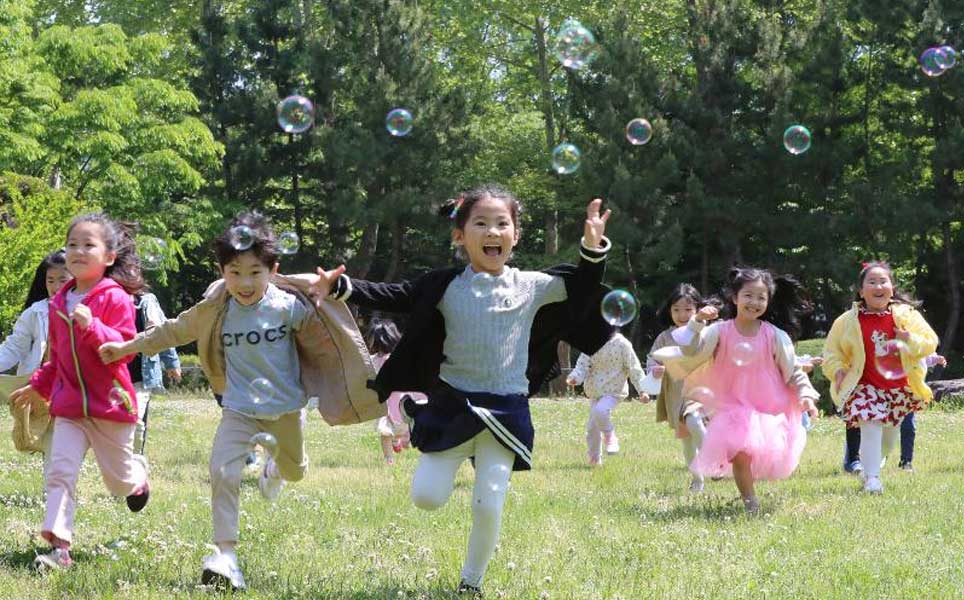
But then, just a few days later, the mood softens.
Schoolchildren walk carefully with carnations in hand, bowing to elders who receive them with tearful smiles.
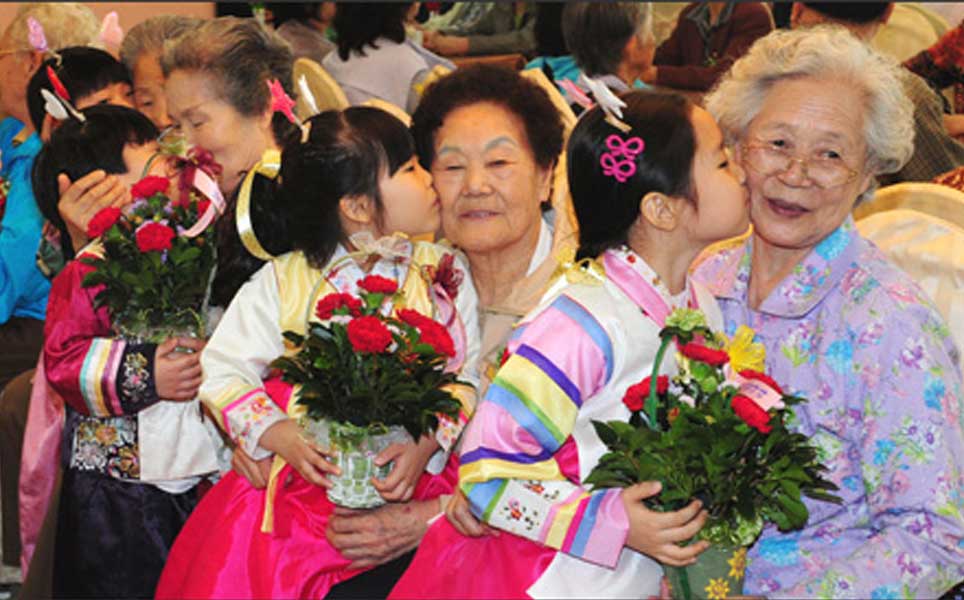
Welcome to the back-to-back holidays of Children’s Day and Parents’ Day in Korea, where the country celebrates something way beyond a simple holiday. It’s their way of saying: we honor where we came from, and we nurture where we’re going.
When Is Children’s Day in Korea and Why It Matters
If you’ve been paying attention, you might have known that every May 5, South Korea celebrates with one of the most important dates: the Children’s Day. And yet, what you might not realize that in this country, the meaning of Children’s Day stretches far beyond fun and games.
Beyond its marketing angle we know today, Children’s Day in South Korea began in 1923 as a revolutionary declaration by Bang Jeong Hwan—an advocate for children’s rights. His goal was to make society see children not as future adults to control, but as full human beings deserving respect right now. At the time, he called on Korea to liberate them from rigid expectations, ethical pressures, and financial burdens.
Today, the vision lives on. You’ll find major parks like Seoul Children’s Grand Park buzzing with family activities, puppet shows, and impromptu dance-offs. Museums open their doors for free. Cafes offer child-size treats. And yet, underneath the festivity lies a national commitment: to raise a generation that feels valued and seen.
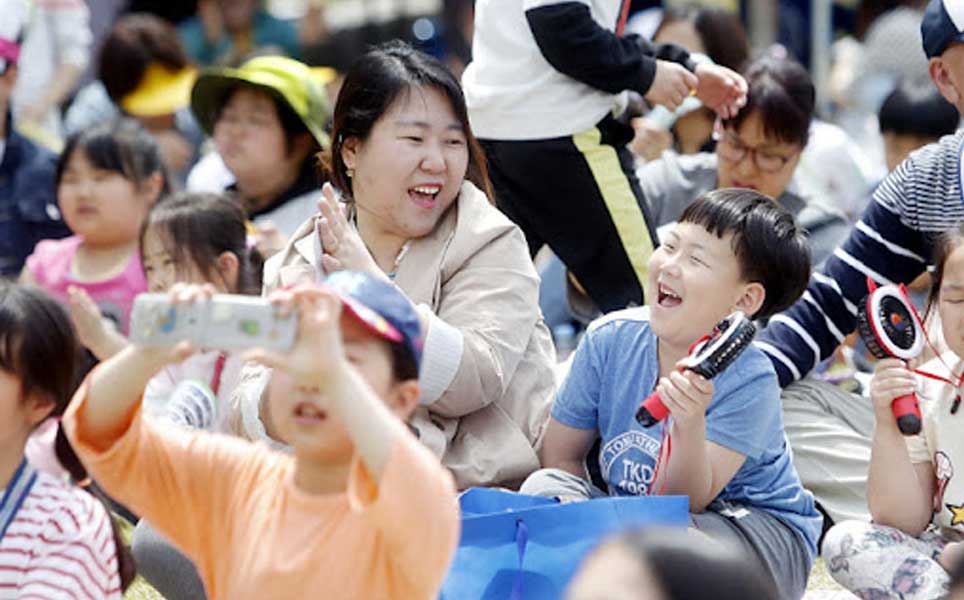
If you’re traveling with kids, this is one of the best days to experience how child-centered Korean society can be. But even without children, witnessing how a country carves out an entire day for youth tells you everything about its heart.
A Deeper Look at Children’s Day Korea
What sets Children’s Day Korea apart from other national holidays is its emotional clarity. There are no confusing rituals or commercial obligations. It’s simple: let kids be kids. Let them play, scream, explore, and for once, don’t ask them to grow up so fast.
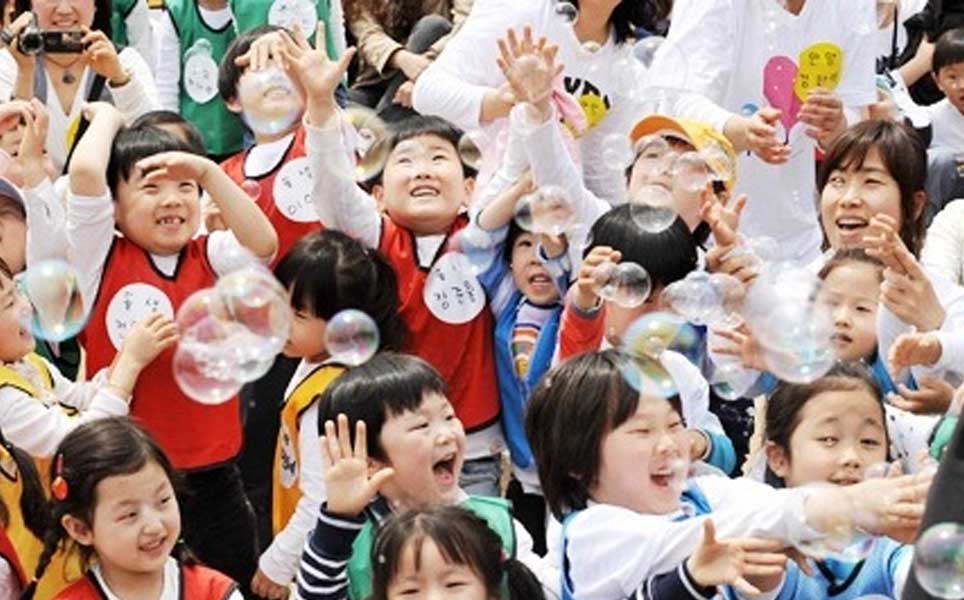
At Jeonju Hanok Village, families stroll together in traditional hanbok, creating photo albums filled with giggles and matching shoes. In Gyeongju World, children zip through rides while parents cheer them on like lifelong fans. The joy is contagious.
But if you pay close attention, you will see that during the Children’s Day, parents in South Korea use them not just to entertain, but to reconnect. They put down their phones. They carry their kids on their back and listen. Because in Korea, parenting isn’t just responsibility—it’s a daily act of devotion.
Parents’ Day Korea – The Unsung Heart of May 8
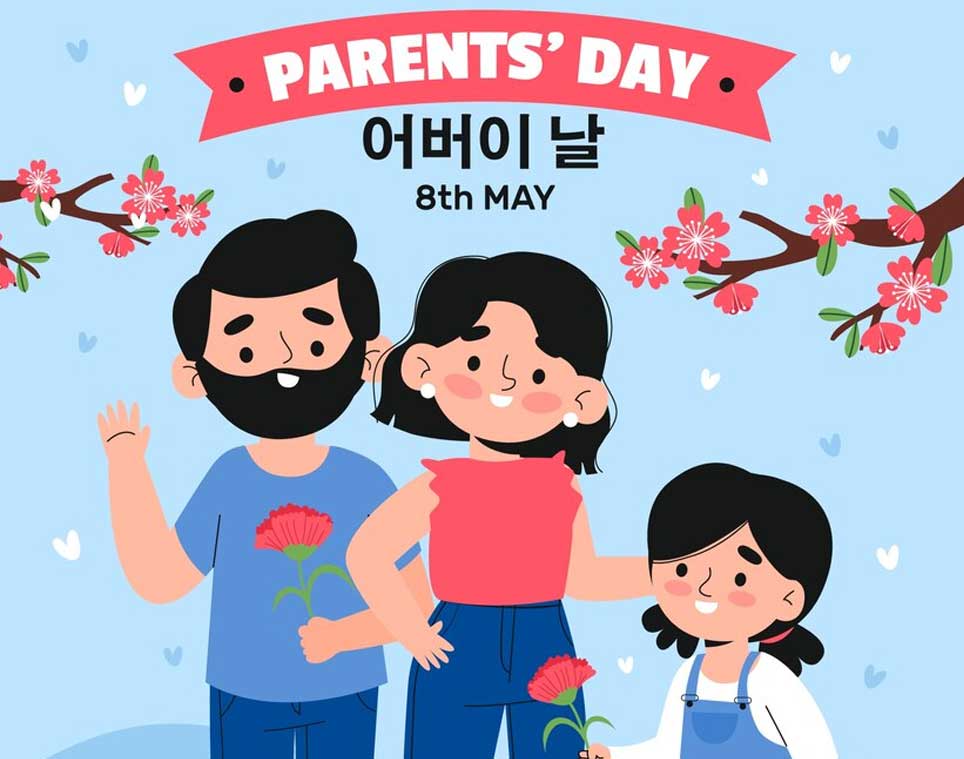
Why Carnations Are More Than Just a Flower
In contrast, just three days after Children’s Day, Korea observes Parents’ Day on May 8. And while it might not come with as many parades or festivals, its emotional weight runs even way deeper.
You’ll see it in the way children, even teenagers, hold red carnations with a nervous grip. They’ll quietly hand them to their parents or grandparents—often with a bow, sometimes with a tear.
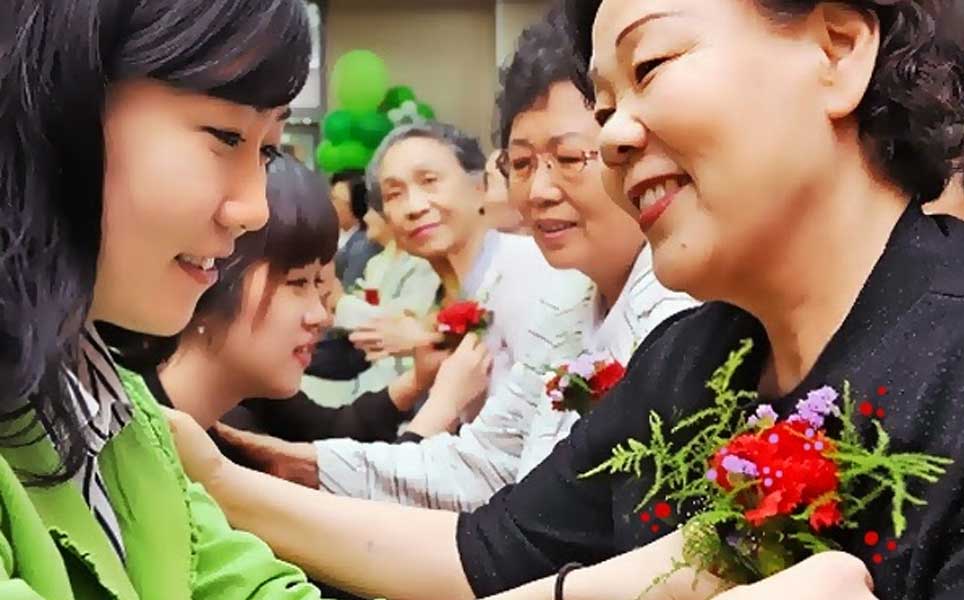
And this flower itself actually carries layered meaning. Because in Korean culture, red carnations symbolize love and respect, while pink ones may represent gratitude.
At the same time, students write handwritten letters instead of buying gifts. And some schools even organize small ceremonies where kids sing songs in front of parents seated on decorated chairs. Parents’ Day in South Korea is incredibly heartfelt in the most human way.
Even if you’re a visitor, you’ll feel that care isn’t just private during this time. It’s something you show, out loud and in public.
The Shifting Culture of Gratitude
Modern Korean youth are reshaping Parents’ Day Korea in quiet, meaningful ways. Instead of expensive presents, many offer shared experiences: a meal together, a quiet walk, or a day trip to a place filled with memories. Some even book hanbok photo sessions to preserve the moment.
At the same time, restaurants, especially in cities like Seoul and Busan, often offer Parents’ Day discounts and special menus. Meanwhile, temples open their gates for intergenerational tea ceremonies and healing retreats.
There are also others who offers monetary gifts, but in much more meaningful and fun ways: money bouquets, money boxes, money sitting mats, and even money cakes.

After all, the expectations for children to support their parents financially are still deeply rooted in South Korea. Therefore, monetary gifts are seen way more than just a celebratory present. Sociology professor Koo Jeong Woo from Sungkyunkwan University once told Korea Herald that these are “a form of ongoing responsibility and respect.”
“Cash is seen as a safe and thoughtful gift in Korea, as it lets parents choose what they truly need and minimizes the risk of buying the wrong gift.”
Professor Koo Jeong Woo.
Why These Two Days Belong Together
There’s something powerful about how Korea places Children’s Day and Parents’ Day within the same week. It reflects a national rhythm—a pulse of generational love moving in both directions.
Children are not just the future. They are present joys. At the same time, parents are not just past sacrifices. They are the very living roots of the present-day generation.
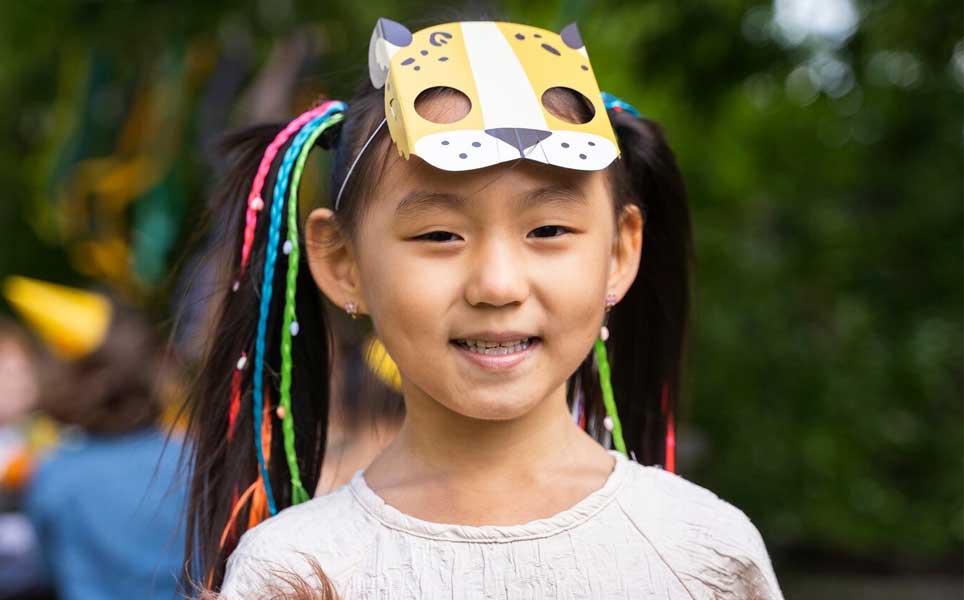
And in Korean philosophy, care isn’t linear. It’s circular. One day you carry your child. Another day, they carry you. These holidays remind everyone of that truth.
Visiting Korea in May? Here’s What You’ll Experience
The weather is kind. The flowers are in full bloom. But what makes May in Korea feel magical is the emotional landscape. You’ll sense it at Andong Hahoe Folk Village, where stories of ancestors still echo. You’ll find it in Busan’s Yongdusan Park, where three generations often sit together watching the city breathe.
If you’re traveling during this time, consider weaving in activities that reflect the season:
- Visit a family-friendly museum or art space like the National Folk Museum
- Attend a tea ceremony with elders
- Explore nature trails where parents walk hand-in-hand with their kids
You don’t need to be Korean to be moved by what these days represent. All you need is a heart open enough to notice the quiet ways love shows up in public spaces.
What Children’s Day and Parents’ Day Teach Us
So, when is Children’s Day in Korea? It’s May 5. And Parents’ Day Korea? That’s May 8. But their meaning lingers well beyond those dates.
They ask you to look backward and forward at the same time. To hold your child’s hand tighter. To call your parents, even if it’s been too long. And if you happen to be in Korea during this time, consider it more than sightseeing. You’re witnessing a culture that dares to make love visible—with balloons, carnations, and everything in between.
And sometimes, that’s exactly what we need most.
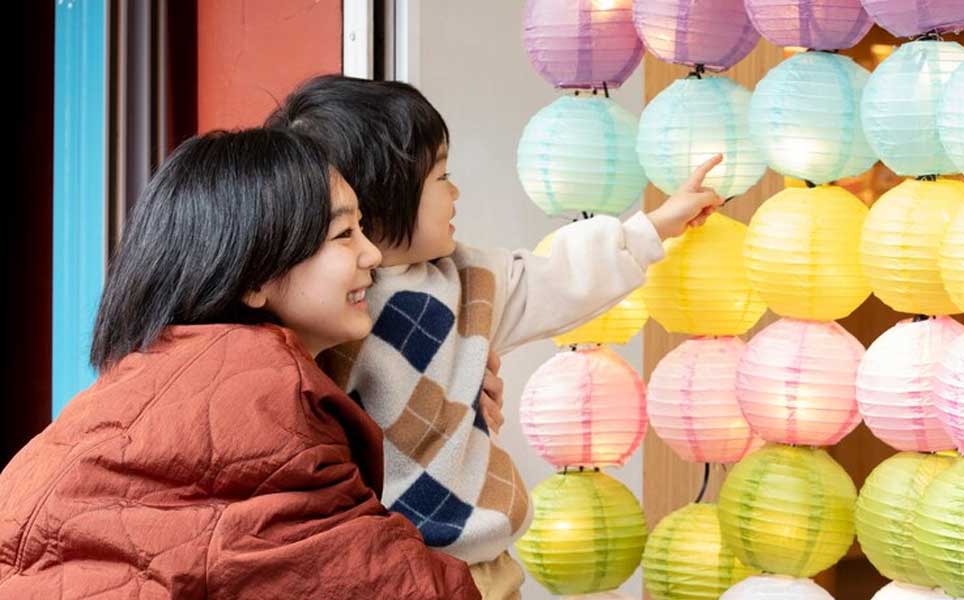
Related Posts
1,067 total views, 8 views today

















